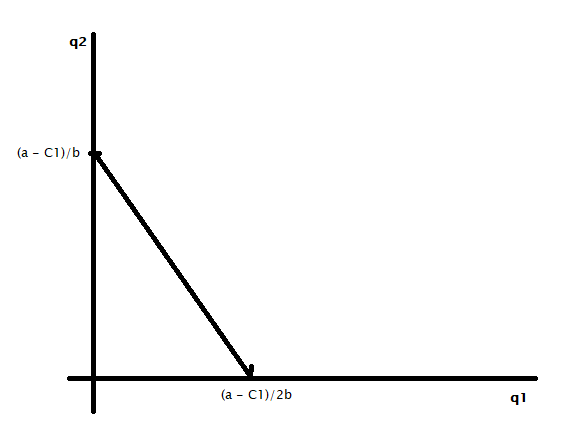Stag Hunt Game
Two hunters want to go to a range which contains one stag and two rabbits. Each hunter will decide on the equipment to bring but won’t know what the other is carrying. Two people are necessary to hunt a stag, but one is sufficient to catch rabbits. And a stag catch is always a better deal as it has more meat.
The payoff matrix is:
| Hunter 2 | |||
| Stag | Rabbit | ||
| Hunter 1 | Stag | 3,3 | 0,2 |
| Rabbit | 2,0 | 1,1 |
So, if both hunters bring devices for catching stag, they get the maximum benefit (3 each). If only one brings tools for rabbits, that person will get both rabbits. If both get tools for the rabbit, they split one each.
The game has two pure-strategy Nash equilibria – rabbit-rabbit and stag-stag. And the best situation is the latter. On the one hand, this differs from the prisoner’s dilemma because it has a dominant strategy (to betray), and the stag hunt has none. What is similar in both cases is the role of cooperation among players.
In a fully cooperating regime, both players expect the other to bring in tools for stang, and both reap maximum benefit. But if one player has even a slight doubt about the other (that the other will bring an instrument for the rabbit), she has no choice but to get the same tool or end up with nothing.






